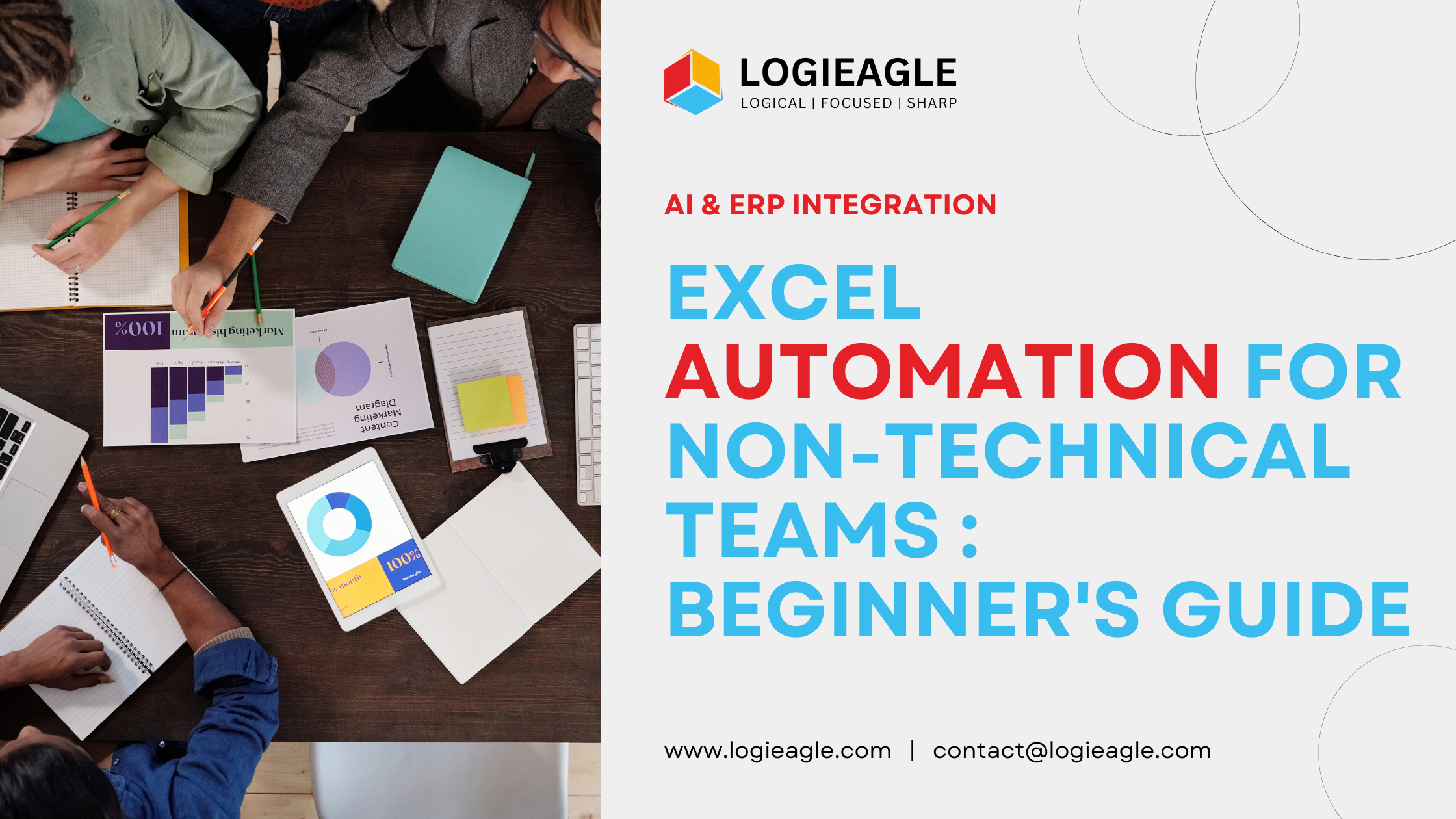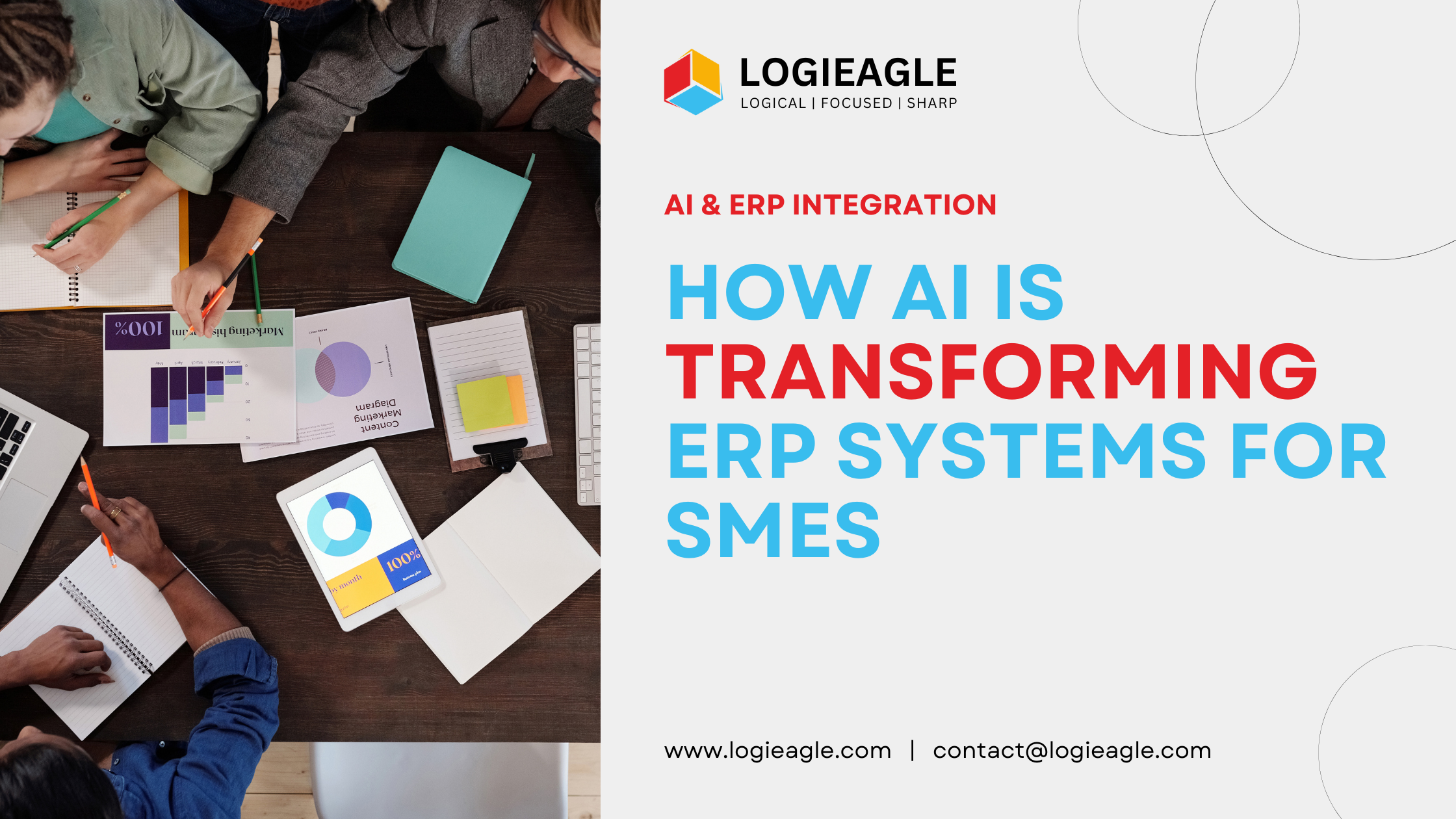
What is a Large Language Model (LLM)?
Large Language Models (LLMs) are a class of deep learning models excelling in natural language processing (NLP) tasks. Trained on colossal amounts of text data, LLMs leverage transformer architectures to achieve human-level proficiency in various NLP domains.
Here’s a breakdown of the key points:
-
1. Deep Learning Foundation :
LLMs rely on deep learning techniques, particularly transformers, a specific type of neural network architecture excelling at sequential data like text.
-
2. Massive Data Consumption :
Training LLMs necessitates enormous datasets of text and code. This data provides the raw material for the model to identify patterns and statistical relationships within language.
-
3. Transformer Architecture :
Transformer models are at the core of LLMs. These models excel at analyzing relationships between words in a sequence, allowing them to understand context and generate coherent text.
-
4. Natural Language Processing (NLP) :
LLMs are adept at various NLP tasks, including:
- Text generation: Creating human-quality text, like poems, code, scripts, musical pieces, etc.
- Machine translation: Converting text from one language to another.
- Text summarization: Condensing lengthy text into a shorter, informative version.
- Question answering: Extracting relevant answers from a given text corpus.
-
5. High Parameter Count :
LLMs are distinguished by their vast number of parameters, which can range from billions to trillions. These parameters essentially represent the model’s learned knowledge about language
Overall, LLMs represent a significant advancement in NLP, pushing the boundaries of human-computer interaction and text manipulation.
Types of LLMs
-
1. Autoregressive Models :
These models generate text one token at a time based on the previously generated tokens. Examples include OpenAI’s GPT series and Google’s BERT.
-
2. Conditional Generative Models :
These models generate text conditioned on some input, such as a prompt or context. They are often used in applications like text completion and text generation with specific attributes or styles.
What are LLMs used for?
Large language models (LLMs) are finding application in a wide range of tasks that involve understanding and processing language. Here are some of the common uses:
-
1. Content creation and communication :
LLMs can be used to generate different creative text formats, like poems, code, scripts, musical pieces, emails, and letters. They can also be used to summarize information, translate languages, and answer your questions in an informative way.
-
2. Analysis and insights :
LLMs are capable of analyzing massive amounts of text data to identify patterns and trends. This can be useful for tasks like market research, competitor analysis, and legal document review.
-
3. Education and training :
LLMs can be used to create personalized learning experiences and provide feedback to students.
General Architecture
The architecture of Large Language Model primarily consists of multiple layers of neural networks, like recurrent layers, feedforward layers, embedding layers, and attention layers. These layers work together to process the input text and generate output predictions.
- The embedding layer converts each word in the input text into a high-dimensional vector representation. These embeddings capture semantic and syntactic information about the words and help the model to understand the context.
- The feedforward layers of Large Language Models have multiple fully connected layers that apply nonlinear transformations to the input embeddings. These layers help the model learn higher-level abstractions from the input text.
- The recurrent layers of LLMs are designed to interpret information from the input text in sequence. These layers maintain a hidden state that is updated at each time step, allowing the model to capture the dependencies between words in a sentence.
- The attention mechanism is another important part of LLMs, which allows the model to focus selectively on different parts of the input text. This mechanism helps the model attend to the input text’s most relevant parts and generate more accurate predictions.
Conclusion
The development of LLMs also raises ethical considerations that need to be addressed, such as potential biases within the training data and the responsible use of these powerful language tools.
Overall, Large Language Models hold immense potential to transform how we interact with language and information. As we continue to explore and develop this technology, it’s crucial to ensure its responsible and ethical application for the benefit of humanity.
 From Chaos to Clarity: The Ultimate Guide to Automating Financial Reports with VBA
From Chaos to Clarity: The Ultimate Guide to Automating Financial Reports with VBA
 Did You Know You Can Launch an MVP in 30 Days? Here's How!
Did You Know You Can Launch an MVP in 30 Days? Here's How!
 Mastering Business Intelligence Dashboards: Excel Techniques You Need to Know
Mastering Business Intelligence Dashboards: Excel Techniques You Need to Know
 Turning Excel into a Scalable Business Tool: A Step-by-Step Guide
Turning Excel into a Scalable Business Tool: A Step-by-Step Guide
 The Psychology Behind Intuitive UX: How to Design for User Comfort
The Psychology Behind Intuitive UX: How to Design for User Comfort
 What Makes a Good MVP? Essential Tips for First-Time Founders
What Makes a Good MVP? Essential Tips for First-Time Founders
 How to Increase User Retention with Game Mechanics in Your App
How to Increase User Retention with Game Mechanics in Your App
 Excel Automation for Non-Technical Teams: A Beginner's Guide
Excel Automation for Non-Technical Teams: A Beginner's Guide
 How AI Is Transforming ERP Systems for SMEs
How AI Is Transforming ERP Systems for SMEs
 Why UX Is the Silent Salesperson in Every App
Why UX Is the Silent Salesperson in Every App